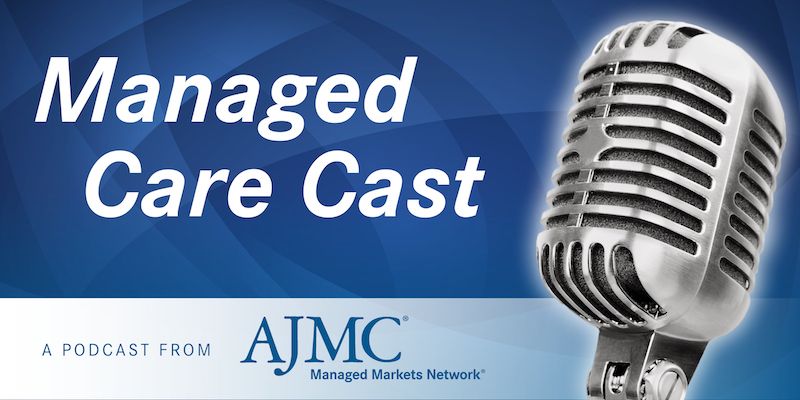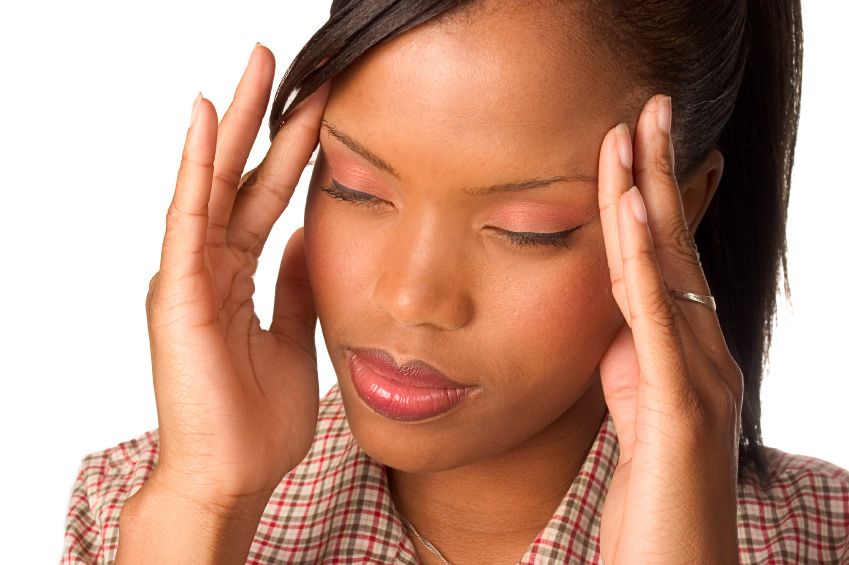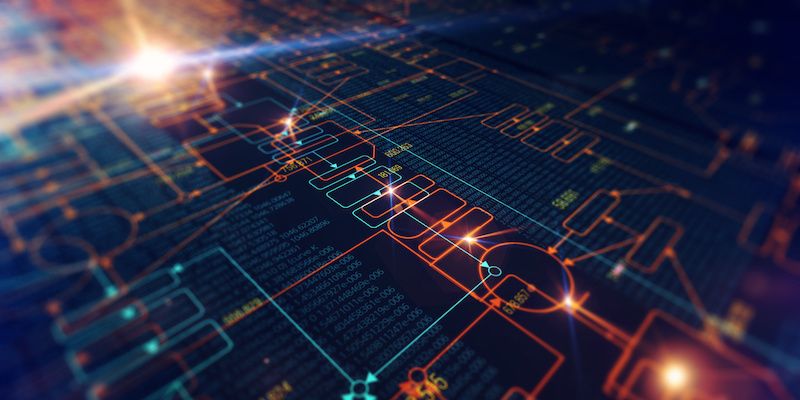Article
Noninvasive Treatment Exhibits Potential Effectiveness for Patients With Vestibular Migraine Attacks
Author(s):
Noninvasive nerve stimulation shows potential effectiveness as a novel treatment for vestibular migraine attacks, according to a small, preliminary study.
Noninvasive nerve stimulation shows potential effectiveness as a novel treatment for vestibular migraine attacks, according to a September study published in the journal Neurology.
Vestibular migraines are a type of migraine that causes vertigo and dizziness with or without pain, and for which there are no approved treatments. Co-study author Shin Beh, MD, assistant professor in the Department of Neurology and Neurotherapeutics at University of Texas (UT) Southwestern Medical Center, highlighted the importance of finding effective treatments for these patients as traditional approaches do not work. “People with vestibular migraine do not always have headaches and when they do, they are often less severe than in typical migraine, so the pain-relieving drugs used for typical migraine often are not effective,” said Beh.
While patients can take separate treatments to suppress related issues such as vertigo or nausea, Beh notes that these drugs cause drowsiness and make it difficult for people to go about their usual activities. To combat this unmet need, Beh and fellow co-study author Deborah Friedman, MD, professor in the Department of Neurology and Neurotherapeutics at UT Southwestern Medical Center, hypothesized the effectiveness of noninvasive electrical stimulation, a treatment that delivers electrical impulses all over the skin and the vagus nerve in the neck.
Researchers examined the efficacy of noninvasive vagus nerve stimulation (nVNS) on acute vestibular migraines in a small study set of 18 patients (16 women) conducted in a single tertiary referral center between November 2017 and January 2019. Of the subjects, 14 were treated for a vestibular migraine attack, and 4 for bothersome interictal dizziness consistent with persistent perceptual postural dizziness (PPPD). Study results were defined by an 11-point visual analog scale (VAS), in which patients graded the severity of vestibular symptoms and headaches (VAS; 0 = no symptoms, 10 = worst ever symptoms) before and 15 minutes after nVNS.
Study results showcase an overall improvement of symptoms for patients treated for vestibular migraine attacks. After nVNS, vertigo symptoms improved in 13 out of 14 patients (complete resolution in 2, at least 50% improvement in 5) based off a reduction in mean vertigo intensity from 5.2 (±1.6; median 6) to 3.1 (±2.2; median 3), with a mean reduction of 46.9% (±31.5; median 45%). Of the 5 patients who experienced headaches from their vestibular migraine attacks, all reported improvements after nVNS. Mean headache severity decreased from 6 (±1.4; median 6) to 2.4 (±1.5; median 3), with a mean reduction of 63.3% (±21.7; median 50).
No reported benefit was found in the 4 patients treated for interictal PPPD. Subjects reported a mild pulling sensation of the neck muscles during the treatment, but none reported any pain or side effects.
While the study exhibited limitations pertaining to its small size, a lack of control group, and awareness of treatment by patients and researchers, its effectiveness in the preliminary stages warrants further investigation with conditions addressing these concerns, notes Beh.
“If these results can be confirmed with larger studies, not only could there finally be a treatment for vestibular migraine, such a treatment would also be easy to use,” said Beh.
Reference
Beh SC, Friedman DI. Acute vestibular migraine treatment with noninvasive vagus nerve stimulation. [published online September 25, 2019]. Neurology. doi: 10.1212/WNL.0000000000008388.

Update on Migraine Patient Care Challenges During the Pandemic

CGRP Inhibitors: A Promising New Class of Drugs for Migraine


